Civil excavation FAQ's
-
What are the three types of excavation?
The three main types of excavation are topsoil, rock, and muck. Topsoil excavation involves removing the fertile top layer of soil, often reused in landscaping. Rock excavation is more challenging, requiring specialised equipment to break and remove rock formations. Muck excavation deals with wet, muddy soil, commonly in areas with high water tables, and often involves dewatering to stabilise the area before further excavation. See our civil excavation services and how our operators can assist you with your site.
-
What project is bulk excavation commonly used?
Bulk excavation is frequently employed in large-scale infrastructure projects, such as highway construction, dam building, and commercial or industrial developments. These projects require the removal of substantial volumes of soil, rock, and other materials to prepare a stable foundation or to create level ground for construction. Learn more about our civil excavation services here.
-
What is the difference between bulk excavation and excavation?
Bulk excavation involves removing large volumes of soil and materials, typically for major infrastructure projects where a significant depth or width is essential. Regular excavation refers to smaller-scale projects, such as digging foundations or trenches for pipelines, cables, or structural footings. See how Vernice specialises in bulk earthworks here.
-
What is the difference between backfill and excavation?
Excavation involves removing earth to create a void or prepare an area for construction, often as a first step in a building project. Backfilling, however, involves placing soil or other materials back into an excavated space, providing support and stability around foundations or utilities. Backfill helps ensure that excavated areas remain stable and prevent potential settlement or shifting of structures over time. Learn more about our excavation services here.
-
What is the most common method of excavation?
The most common excavation method is open-cut or open-pit excavation, which involves removing layers of earth in a stepped or terraced manner, creating a wide surface area for easy access. This method is favoured for its efficiency and ability to accommodate large equipment, making it ideal for large-scale projects such as road construction, mining, and major earthworks where extensive soil removal is required. See our excavation solutions here.
Contact us
Have any other questions? Contact Vernice below.
Call now
(08) 6244 0007
Visit us
6 Extracts Place, Toodyay, WA 6566
Contact Us
We will get back to you as soon as possible.
Please try again later.

